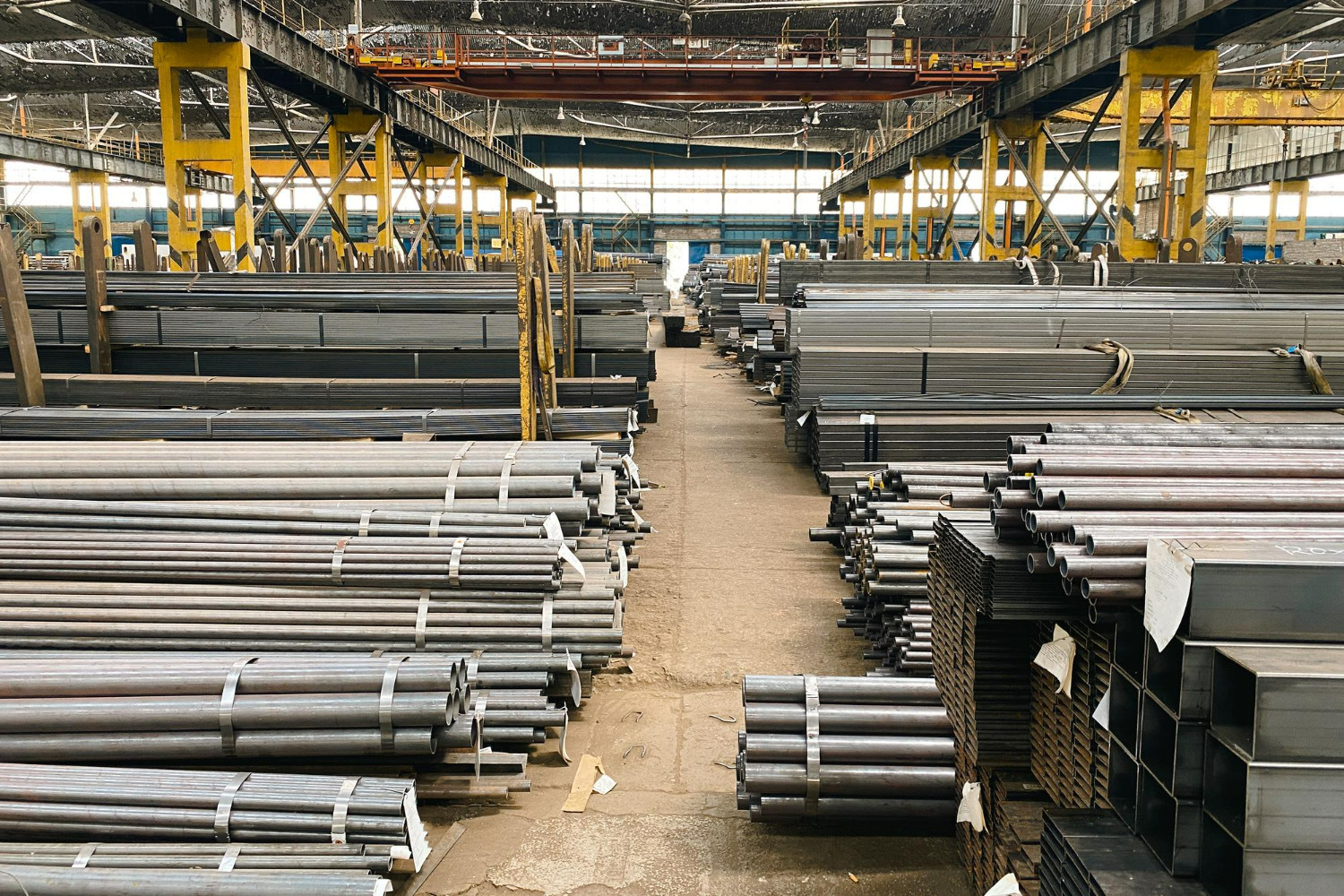Client Background
The client is a major player in the aluminium industry, specifically focusing on the production of flat rolled products. The plant in question is a critical component of their downstream operations, producing a diverse range of aluminium alloys. This facility consists of two primary units: the Recycle unit, which processes scrap aluminium, and the Remelt unit, where the recycled alloys are mixed with primary metals for further production.
Business Problem
Operators in the Remelt unit primarily recycle the same scrap alloy, resulting in the underutilization of certain alloy types. This practice arises from a reluctance to experiment with multiple scrap alloy combinations due to the risk of improper element quantities in casting, which could lead to increased inventory and operational inefficiencies. The goal was to optimize the usage of various scrap alloys to reduce waste and inventory costs while maintaining the quality of the final products.
Solution
To address this problem, we implemented a comprehensive Scrap Optimization project with the following key steps:
- Data Collection: Collected detailed data on all products manufactured over the last three months, focusing on the alloy composition of the scrap collected. The data included concentrations of crucial elements such as Copper (Cu), Iron (Fe), Silicon (Si), Titanium (Ti), Magnesium (Mg), Manganese (Mn), Zinc (Zn), Lead (Pb), and Aluminium (Al).
- Data Manipulation and Conversion: Converted the collected data into averages by categorizing the element concentrations into specific ranges. For example, Copper concentrations were categorized into ranges such as 0.5-1.0%, 1.1-1.5%, etc., based on the observed distribution of values. The most frequently occurring range for each element was then determined, and the median value within this range was selected as the representative concentration.
- Optimization Algorithm: Developed an optimization algorithm using Pyomo, a Python-based optimization modeling language. This algorithm was designed to determine the optimal combination of scrap and primary metals to use, ensuring that the element concentrations in the final alloy met the required specifications.
- Execution: Utilized Streamlit, a web-based application framework, to create an intuitive user interface. This interface enabled operators in the Recycle and Remelt units to input data and receive optimized recommendations for scrap and primary metal usage, facilitating better decision-making and improved alloy production.
Outcome
The implementation of the Scrap Optimization project yielded significant benefits:
- Improvement in Scrap Usage: Enhanced the utilization of scrap metals by incorporating a wider range of alloy types into the remelt process. This not only reduced the dependency on specific scrap alloys but also improved the overall efficiency of the recycling process.
- Cost Savings: Achieved substantial cost savings by optimizing scrap usage. The project resulted in an estimated years savings of nearly $100k, primarily through reduced inventory costs and more efficient use of available resources.
By systematically addressing the challenge of underutilized scrap alloys and leveraging advanced data analysis and optimization techniques, the client was able to improve operational efficiency and achieve significant cost reductions. This project underscores the potential for data-driven optimization in industrial processes, particularly in the aluminium industry, where precision and resource management are critical. The successful implementation of this solution highlights the importance of innovative approaches in enhancing productivity and sustainability in manufacturing operations.






